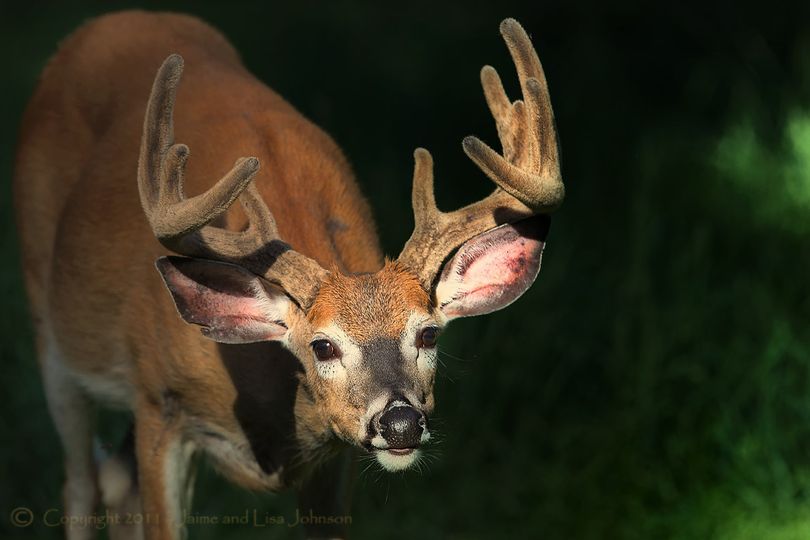Deer Quiz, Part 1: Test your knowledge about whitetails

WILDLIFE -- How much do you know about the white-tailed deer that flourish from our yards to wheatfields and from river bottoms to modest forest elevations across the nation?
The whitetail is the most popular big-game animal in North America, prized by hunters and wildlife viewers alike. It's a prime example of an animal that adapts and perseveres.
Take this DEER QUIZ prepared by Whitetails Unlimited to see how much you know about the whitetail's biology, behavior and history.
PART 1: True / False
1) Deer are strong swimmers, in part because they have a layer of hair that is hollow, providing buoyancy in the water.
2) Deer have existed for 20 million years, and have had the same basic form for the last one million years.
3) Deer can run in excess of 35 miles per hour.
4) Deer can leap over fences eight feet tall.
5) Deer can cover 30 feet in a horizontal leap.
6) Just like humans, deer have a set of "baby teeth" that fall out and are replaced by permanent teeth.
7) You can tell how old a male deer is by how many points there are on his antlers.
8) Deer use their antlers during the winter to dig for food under the snow.
9) When antlers grow, they are covered with "velvet," a soft, fuzzy tissue. This velvet is the only regenerating skin found in mammals.
10) Like cows, deer have four stomachs.
11) Deer can eat poison ivy without ill effect.
12) Deer are native to every state in the U.S.
13) The reason fawns are born with a pattern of white spots is so the mother can recognize her offspring.
14) Deer have extraordinary senses, including sight, hearing and smell.
15) Newborn deer have no scent, and the mother will place the fawn by itself in a secluded spot for protection against predators.
Read on to see the answers. Tune in tomorrow for Part 2 of the DEER QUIZ.
1) True. The hollow hair is more important in providing insulation during the winter, but also helps when deer swim.
2) True.
3) True.
4) True.
5) True.
6) True. The permanent teeth are in place by the time the deer is 2-1/2 years old.
7) False. Rack size depends on many factors, including age, nutrition and genetics. Racks are typically largest on deer in middle age (4-6 years old) and get smaller as deer get into old age, but there are many variables.
8) False. Deer shed their antlers starting in January, and they are used in dueling with other males during the mating season.
9) True. Velvet is also the fastest growing tissue in mammals; some antler growth has been measured at one inch during a 24-hour period.
10) True. Deer are ruminants, swallowing food that they later bring up to chew, releasing more nutrients for further digestion.
11) True.
12) False. There are no deer native to Hawaii, but deer are native to the other 49 states, Canada and Mexico. (Introduced deer are now in Hawaii.)
13) False. The dots are a form of camouflage.
14) True.
15) True.
